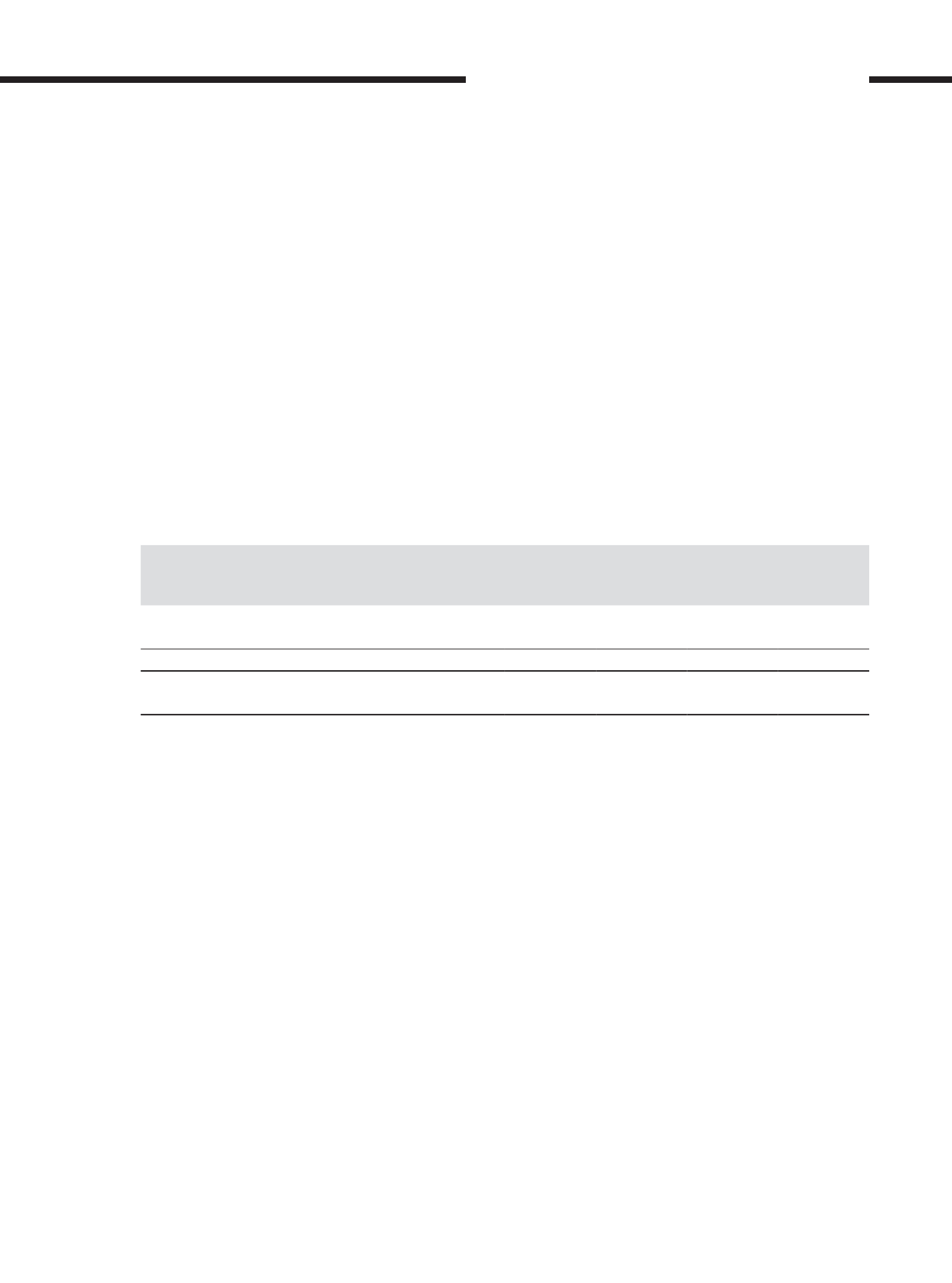

40. Financial risk management policies (cont’d.)
(d) Capital risk management (cont’d.)
The Group’s and Company’s overall strategy remains unchanged from 2016.
Consistent with others in the industry, the Group and Company monitors capital utilisation on the basis of the net gearing ratio.
This net gearing ratio is calculated as net debts divided by total equity. Net debts are calculated as total borrowings (including
“short term and long term borrowings” as shown in the Group’s and Company’s balance sheet) less deposit, cash and bank
balances.
The net gearing ratio as at 31 December 2017 and 31 December 2016 was as follows:
Group
Company
2017
RM’mil
2016
RM’mil
2017
RM’mil
2016
RM’mil
Total borrowings (Note 31)
9,309
10,579
6,728
7,796
Less: Deposit, cash and bank balances
(1,882)
(1,742)
(1,302)
(1,427)
Net debts
7,427
8,837
5,426
6,369
Total equity
6,710
6,628
7,573
5,965
Net Gearing Ratio (times)
1.11
1.33
0.72
1.07
The Group and the Company are in compliance with all externally imposed capital requirements for the financial years ended
31 December 2017 and 31 December 2016.
(e) Fair value measurement
The carrying amounts of cash and cash equivalents, trade and other current assets, and trade and other liabilities approximate
their respective fair values due to the relatively short-term maturity of these financial instruments. The fair values of other
classes of financial assets and liabilities are disclosed in the respective notes to financial statements.
Determination of fair value and fair value hierarchy
The Group’s and Company’s financial instruments are measured in the statement of financial position at fair value. Disclosure
of fair value measurements are by level of the following fair value measurement hierarchy:
• Quoted prices (unadjusted) in active markets for identical assets or liabilities (level 1);
• Inputs other than quoted prices included within level 1 that are observable for the asset or liability, either directly (that is, as
prices) or indirectly (that is, derived from prices) (level 2);
• Inputs for the asset or liability that are not based on observable market data (that is, unobservable inputs) (level 3).
[ ]
359
AirAsia Berhad
REPORTS AND FINANCIAL STATEMENTS


















